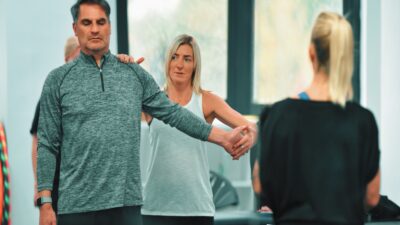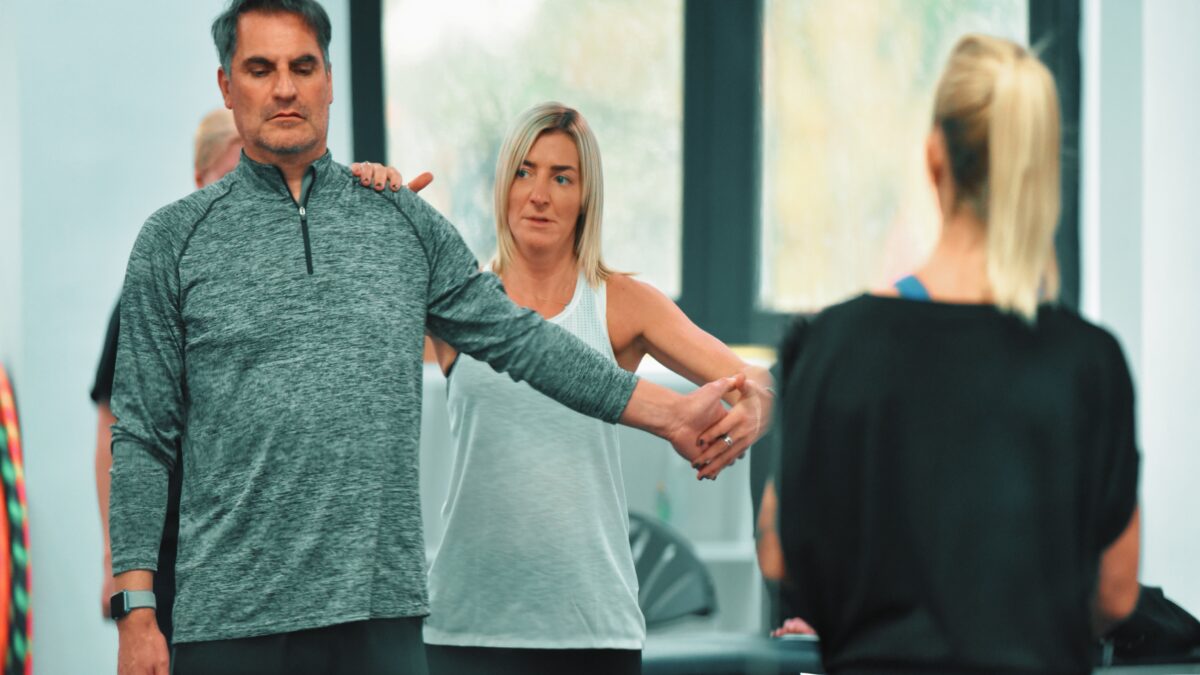



In today’s world, our need to move has significantly decreased. With food delivery at our fingertips, cars and public transport for travel, laptops for messaging, and video calls for virtual interactions, we are moving and loading our bodies much less. While these technological advancements offer convenience, they also lead to decreased physical activity, which can negatively impact our bodies.
Movement is essential for maintaining the health of our body’s subsystems: bones, muscles, and nerves. Each requires regular stimulus and load to stay functional:
Bones gain density through impact and loading, and joint mobility is maintained by the motion that improves synovial fluid production.
Muscles need strength, which comes from progressive overload.
Nerves require proprioceptive challenges and need to glide between structures to send efficient messages.

Biomechanics is the science of evaluating the relationship between the human body and the laws of physics. It involves understanding how force, gravity, motion, and momentum affect the body. For example, joint range of motion is influenced by:
Mobility refers to the range of motion in a joint, largely determined by genetics. Practitioners can analyze human movement to identify limitations in mobility. For instance, comparing current movement capabilities to previous ones can highlight reduced mobility. Common examples include difficulty bending knees and hips to pick something up, indicating potential joint limitations. Upper body mobility, especially in shoulders, can also be affected by prolonged sitting postures.
Even nerve tightness can limit joint mobility by causing muscle stiffness, reducing synovial fluid production, and creating a cascade of effects throughout the body.
The central nervous system (CNS) acts like the body’s software, sending messages from the brain to muscles via the spinal cord and peripheral nerves. Understanding biomechanics and anatomy helps in measuring and improving mobility. By assessing joint ranges and applying exercise prescriptions, practitioners can monitor and enhance clients’ mobility.

A solid understanding of biomechanics is crucial for assessing movement risks and how different subsystems influence each other. Physical activity promotes optimal health by maintaining homeostasis between muscles, bones, and nerves. Expanding this knowledge to include mindset, hormones, and nutrition provides a holistic approach to health and fitness.
Gaining expertise in biomechanics can be invaluable for personal trainers and sports coaches, helping them feel more confident and effective in their roles. Additional training in Biomechanics Coaching or Strength and Conditioning can significantly enhance their ability to assist clients and athletes in achieving specific goals.
Improving mobility can be as simple as moving more and exploring new movements. However, a Biomechanics Coach brings specialized training to assess the entire body and prescribe safe, effective techniques for improving mobility. These coaches are trained to identify injury risks and empower clients with knowledge, leading to long-term positive changes.
Practical skills in biomechanics, particularly intrinsic biomechanics, enable practitioners to assess and improve clients’ mobility effectively. This skill set not only enhances a trainer’s value but also leads to measurable improvements in clients’ movement quality.
If you’re interested in becoming a Biomechanics Coach or expanding your knowledge in intrinsic biomechanics, consider the certified Biomechanics Coach course. For more information or to discuss your career options, contact our advisors.
Phone: 020 3841 6151
Email: info@biomechanicseducation.com